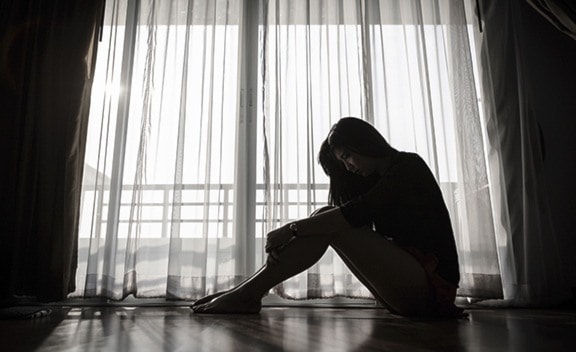There’s no simple answers to explain why communities in the Cowichan Valley and surrounding areas are more prone to depression and anxiety than others on Vancouver Island, according to health professionals.
And the public is cautioned not to read too much into the statistics.
But the high numbers of seniors who come to the Valley to retire, as well as young people struggling with employment issues, may be significant factors, said James Tousignant, executive director of the Cowichan branch of the Mental Health Association.
By the numbers, the Cowichan Valley is struggling when it comes to depression and anxiety.
According to statistics from the Ministry of Health, the top three Island communities for the prevalence of anxiety and depression are Lake Cowichan, at 26.8 per cent, Ladysmith/Chemainus at 26.6 per cent, and the Cowichan Valley at 26 per cent.
The average on Vancouver Island overall is 23.9 per cent, and 21.3 per cent for B.C.
The averages are based on medical records from across the Island from 2013.
Tousignant said there are no firm answers to explain the statistics.
But he said the Valley has a large population of seniors, mainly because it’s a nice place to retire, and many of them are on fixed income that can lead to financial problems.
As well, Tousignant said many seniors lose their spouses to age, leaving them isolated and alone and easy victims for anxiety and depression.
“Then there’s the area’s young people, with many of them feeling a sense of hopelessness and frustration because the resource industries are not operating at the same levels that they did in the past,” he said.
“Life is quite challenging for many of them.”
Tousignant also pointed to high numbers of First Nations members in the Valley, and the rash of suicides in 2012 among members of the Cowichan Tribes which many attributed to a sense of hopelessness in that community connected to high unemployment rates.
But Tousignant cautioned against singling out the Valley as having the highest anxiety and depression rates on the Island based on the statistics from the Ministry of Health.
He said the range of the percentages of those with anxiety and depression are just about five per cent, from 21.3 per cent in Nanaimo to 26.8 per cent in Lake Cowichan, and that range is too small to base any firm conclusions on.
“As well, the statistics depend a lot on how individual cases are documented by the local medical professionals, and some may diagnose someone who is just feeling blue as suffering from mild depression,” Tousignant said.
It’s a sentiment shared by public health officer Dr. Paul Hasselback.
“The difference in these statistics for the Island are so small, and there are so many variables to consider, that they are inconsequential and hard to draw any conclusions from,” he said.
